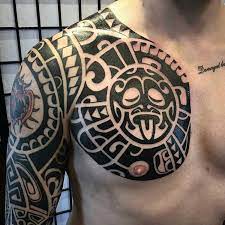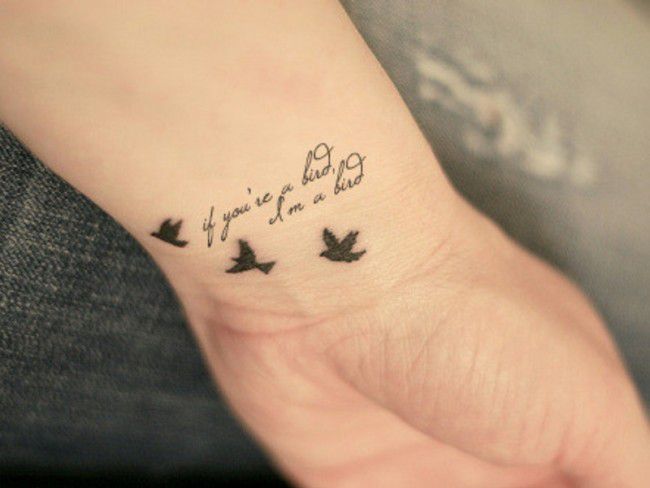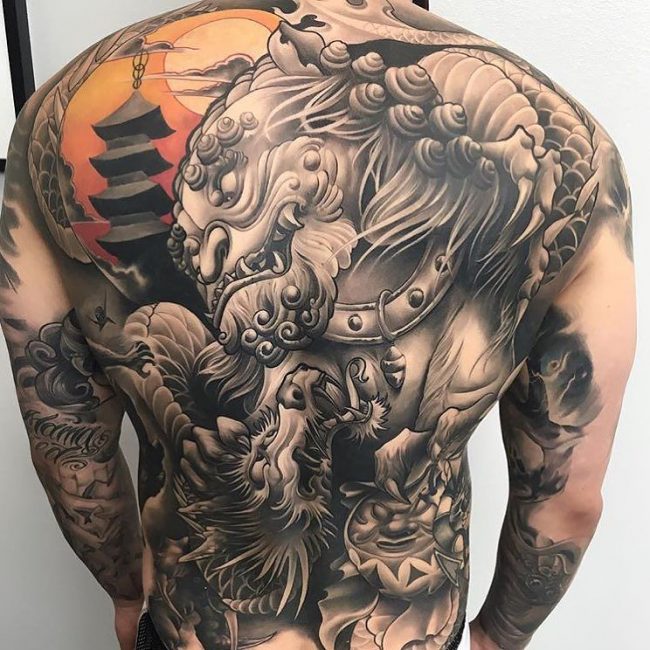
Maori tattoos hold significant cultural and personal meaning for Maori people. These distinctive designs can tell a unique tale about their wearer and communicate anything from status and genealogy to lineage and heritage.
Koru
The Koru is one of the most iconic Maori Tattoos and symbolizes the beginning of a journey or life journey. Based on an unfurling silver fern frond, its shape represents growth, strength, and peace and signifies the connection between two individuals.
Maori Tattoo Creation Process
Maori tattoos were traditionally created using bone, bird feathers, and insects. Tattoo artists would then use a knife and bone chisel to mark the skin; after their work had healed sufficiently, they used karaka leaves as medicine to heal any wounds left by the tattooing process. Maori Tattoos served as personal statements about the wearer and culture and carried special significance within society; their creation held significant meaning.
Manawa Lines
Manawa Lines represent your life journey. They can also symbolize family trees or ancestors. Koru designs that branch off these lines can convey new growth or whakapapa.
Symbolism in Maori Tattoos
Maori tattoos often incorporate whale teeth designs to symbolize strength and sensitivity; Hei matau resembles shell, bone, or wood fish hooks to represent prosperity; Pakati features dog skin cloak inspiration to represent warriors. Uniquely, Maori Tattoos use uhi (chisels) instead of needles, creating three-dimensional effects and adding depth and dimension.
Hei Matau
Hei Matau tattoos are traditional Maori fish hook Tattoos that symbolize prosperity and abundance in Maori culture and their connection to the sea and Maui (an ancestor from the Maori who discovered New Zealand). These intricate bone/jade carvings can be worn around the neck as an amulet reminder to always remain grateful and look towards the future with optimism. The Hei Matau can be twisted into a single or multiple-twist pattern representing unity. It is a constant reminder that we are always together regardless of life’s ups and downs.
Tawhirimatea
Tawhirimatea, or Tawirimatea as his nickname is often written, is the God of Weather, including thunder, lightning, rain, wind, clouds, and storms. He was born to Papatuanuku (Earth mother) and Ranginui (sky father), reminding us that life’s greatest lessons come through challenges. Additionally, he represents the Wrath of the Gods, which reminds us to see adversity as an opportunity for growth and personal development.
Full Facial Moko
Full facial moko was often done as a mark of rank and social status during its heyday in Maori culture, serving both as an identity badge as well as war trophies for those Maori who adopted the practice.
Tamanuitera
Tamanuitera can be pretty shy around strangers but become incredibly social once they get to know you. They like to consider each choice carefully before making a decision and are highly mature individuals.
Maori Tattoo Techniques
Maori tattooed themselves using knives and chisels made from shark teeth, sharpened bones, or albatross feathers instead of needlepoint tattooing techniques, creating painful marks instead of smooth surfaces like those produced by needlepoint tattooing. This painful procedure left grooves on their skin rather than soft surface designs created by needlepoint tattooing techniques.
Maui and Symbolism
Maui symbolized life and light and was associated with the sun. According to legend, Maui had two wives, Hinetakurua and Hineraumati, who represented the summer and winter seasons, respectively.
Ahu Ahu Mataroa
The Ahu Mataroa tattoo symbolizes one’s commitment to their people and the environment, strength, and bravery. It is often displayed on the shoulders since this area tends to be less painful than others.
Respecting Maori Culture
Maori moko are not intended for non-Maoris to acquire; their significance and cultural relevance cannot be underestimated. Maori Tattoos convey significant information about an individual’s history, lineage, and standing within their community – so all parties involved must understand its significance before getting one. Maori also have rules surrounding using their designs – this must only occur with prior consent and genealogical proof.

